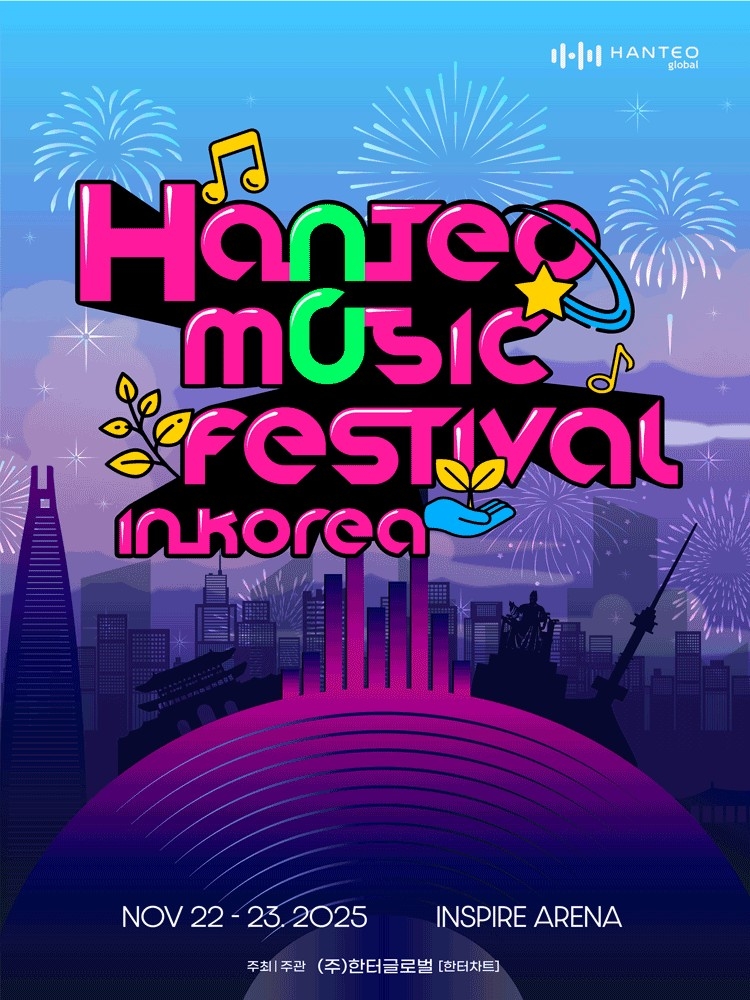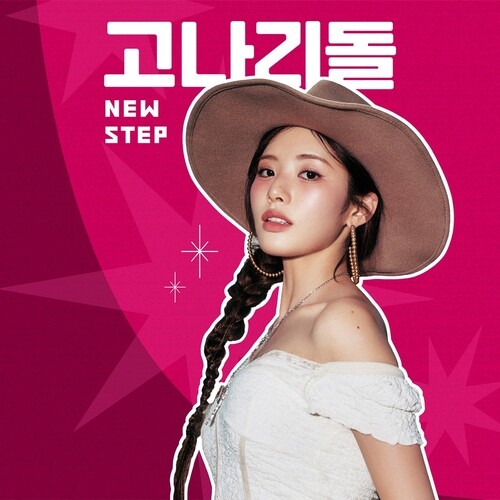*Editor’s note: K-VIBE invites experts from various K-culture sectors to share their extraordinary discovery about the Korean culture.
[Larger Than Architecture] Chapter 1. This World We Live In
Ep. 3. Memories of the Haejangguk Alley in Cheongjin-dong
By Kim Won (Master K-architect)
 |
There’s a story I read in a column by Lee Kyu-tae that the word "haejang" (解腸) exists only in Korea. It likely means to resolve (解) one’s stomach (腸), and it's said that foods created for this purpose also exist only in Korea.
The variety of these foods is vast. Just to name a few: among fish-based soups, there are pollock soup, pufferfish soup, cod soup, and dried pollack soup; among beef-based soups, there are seonji (blood) soup, brisket soup, ox head soup, and ox knee soup; among vegetable-based soups, there are bean sprout soup, radish soup, cabbage soup, greens soup, kimchi soup; among shellfish-based soups, there are clam soup, snail soup, shellfish soup, and small shellfish soup; and among seaweed-based soups, there are seaweed soup, green laver soup, and miyeokguk (seaweed soup).
Just thinking for a moment, I can count about twenty varieties, so counting all of them would be nearly impossible.
Although cultures with drinking habits must have their own methods for dealing with hangovers, it seems Korea's methods are unique. Westerners, for instance, deal with hangovers by drinking lots of water, strong coffee, or juice rich in vitamins like lemon or orange juice. During my student days in England, the landlady where I stayed once gave me hot milk when she saw me unable to get up in the morning due to a hangover.
Italians have tomato soup, the French have onion soup, and Americans have fried eggs. A doctor who lived next to me in the Netherlands took some vitamin pills in the morning when he couldn’t shake off his hangover. These methods seemed rather bland to me. In such times, the Chinese often have egg soup, the Japanese have persimmons or pickled plums (umeboshi) with rice porridge (okayu). In Thailand, they eat fried eggs or tom yum goong (seafood soup), and in Vietnam, they eat rice noodles in anchovy broth. However, these are all regular foods, not specifically designed for “haejang.”
I always found it intriguing that only Koreans are so dedicated to hangover relief. Perhaps it's because we drink "as if our lives depend on it," unlike other countries. Once, even the New York Times praised Korean haejangguk in a column, saying it was the best for hangovers, calling seonji “home-made blood sausage” and describing haejangguk as a soup made by a witch, a magical potion that cures hangovers. This made me chuckle as I read it.
For Westerners, seonji is even more repulsive than dog meat. Moreover, anything made by a witch is considered "poison." So, when the New York Times praised seonji haejangguk as a witch's secret potion, it must have had a remarkable hangover-relieving effect.
 |
In the past, the alleys of Cheongjin-dong were famous for haejangguk. Perhaps because Jongno was filled with bars, the back alleys were packed with haejangguk signs. Every other house claimed to be the original, and early in the morning, they were filled with people trying to sober up. Unfortunately, now only one or two places remain, barely holding on to the legacy. Just as the octopus alley in Mugyo-dong disappeared, and the cold noodle alley in Ojang-dong is disappearing, this place also seems destined to fade into history soon.
From 1965 to 1971, I spent six years working under Kim Swoo Geun, four of which were at an office located at Anguk-dong intersection. During this period, we frequently relied on the haejangguk (hangover soup) in Cheongjin-dong. Constant night shifts, mostly all-nighters, were the norm. Leaving the office at 5, 6, or 7 PM was a rarity reserved for special occasions. Often, we stayed late at the office even when there was no urgent work, as discussions initiated over dinner would extend into the night. Everyone seemed to become more alert as the night wore on, like a group of nocturnal owls.
The decision to pull an all-nighter had to be made by 11 PM. To avoid being caught by the midnight curfew, we had to leave the office by 11 PM to reach home in time. Missing this window meant staying in the office until at least 4 AM. Late-night snacks were sometimes provided, usually consisting of bread, apples, and soda, as the food options back then were not as abundant as they are now.
I wasn’t keen on snacks and found that consuming just two of those three items made my stomach churn. Consequently, I often felt extremely hungry by early morning. When the curfew lifted at 4 AM, we would cross Anguk-dong rotary and walk the dark streets towards Cheongjin-dong. The early winter mornings were bitterly cold and dark.
We only frequented one place, "Cheongjinok." There, a large pot filled with steaming broth simmered overnight, containing beef bones, innards, and seonji (blood sausage), along with bean sprouts and greens. The elderly owner served this concoction in earthenware bowls, creating a hearty and bustling atmosphere. Since the broth was simmered during the four hours of curfew, arriving at 4 AM meant getting the best-tasting first broth. Unlike today, where rice is served separately, back then the rice was mixed into the broth, regardless of whether it was freshly cooked or leftover.
 |
After eating haejangguk, we would head to a nearby bathhouse. A hot bath and a short nap on the wooden chairs in the changing room prepared us to start another day at the office. Kim Swoo Geun often joined these all-nighters, claiming that just two hours of sleep was enough to completely rejuvenate him. Given that I was in my early twenties and Kim was in his early thirties, this wasn't entirely incorrect.
Fast forward more than 40 years, I found myself back at "Cheongjinok," one of the only two remaining haejangguk places from that era. Frequent drinking sessions had led me to seek out a hangover cure. Despite it being lunchtime, the hall was empty, reflecting the diminished demand for haejangguk. Without the curfew, the broth, simmered continuously with added water, tasted the same at any time of day. The owner greeted me warmly, recognizing my face but unaware of my daily visits there four decades ago. I silently mused that the elderly owner was probably the son of the previous proprietor.
Looking out the window, I saw a two-story hanok (traditional Korean house) still standing across the street. Partially obscured but still visible, it was a long building with ten rooms on the front and one on the side, likely built during the Japanese occupation. This hybrid residential-commercial building was a relic from a bygone era, and I recalled sketching it in detail for a project around 1966 while preparing for Expo '67 in Osaka.
It's amazing that this house has survived the relentless urban development and historical upheavals. However, it’s likely to be demolished soon, as no city planner or cultural heritage official would testify to its preservation value. For a moment, I imagined my pencil sketch from back then coming to life right before my eyes.
November 13, 2004
*Note: “Gyu-Hap Chong-Seo,” published in 1809, offers a method to relieve hangovers: "Even if you are thirsty after drinking, do not drink cold water. Brush your teeth with salt and rinse your mouth with warm water to relieve the hangover. Washing your face with hot water in a closed room and brushing your hair several times is also beneficial."
Despite the richness of Joseon's culinary texts, mentions of haejangguk, the traditional Korean hangover soup, are rare. This could be because it was a commoner's dish typically consumed in marketplaces, possibly falling under the broad category of tangban, a type of soup and rice meal. However, there are traces of similar hangover remedies in historical texts:
“Nogoldae,” archived in late Goryeo Dynasty, describes seongjutang, a soup made with finely chopped meat in broth, served with noodles, and seasoned with Sichuan pepper powder and scallions. This dish is one of the earliest documented hangover remedies.
“Haedongjukji,” written by Choi Young-nyeon in 1925, mentions hyojonggaeng, a soup made by boiling napa cabbage, bean sprouts, mushrooms (songi and shiitake), beef ribs, sea cucumber, and abalone in fermented soybean paste (doenjang) for an extended period. The name "hyojonggaeng" combines "hyo" (dawn), "jong" (bell), and "gaeng" (thick soup). The soup would be prepared overnight and delivered to Seoul from Gwangju (near Namhansanseong) by dawn, suggesting its popularity among the noble class for its restorative properties after a night of drinking.
 |
(C) Yonhap News Agency. All Rights Reserved























